The day 'December 16' is celebrated as 'Victory Day' in Bangladesh as Indian troops intervened to beat Pakistan Army and gifted independence to Bangladesh, then East Pakistan, in 1971.
The day 'December 16' is celebrated as 'Victory Day' in Bangladesh as Indian troops intervened to beat Pakistan Army and gifted independence to Bangladesh, then East Pakistan, in 1971. Indian soldiers sacrificed for the people's freedom in Bangladesh and to save them from the atrocities of the Pakistan Army. Although people living in Pakistan and Bangladesh belong to Islam, they failed to maintain Ummah among themselves. In reference to Islam, Ummah refers to the whole Muslim world, or the community of believers. As a theological concept, the Ummah is meant to transcend national, racial, and class divisions to unite all Muslims. But, during and after the war, Hindu minorities in both these countries had suffered badly and are still suffering. However, both nations emerged as Islamic countries, and the rise in persecution of Hindu people has been observed.
Atrocities on Hindus in 1971
The 1971 war, although won by India, is recognised as one of the most violent wars of the 20th century. The war witnessed large-scale atrocities, the exodus of millions of refugees and the Pakistani armed forces' killing of millions of people. The historic Ramna Kali Temple in Dhaka and the century-old Rath at Dhamrai were demolished and burned down by the Pakistani Army. According to ‘Statistics of Democide: Genocide and Mass Murder Since 1900’, by Rummel, Rudolph J., it is estimated that the Pakistani military and supporting pro-Pakistani Islamist militias in Bangladesh killed between 300,000 and 3,000,000 civilians, most of whom were Hindus. As a result of the conflict, a further eight to ten million people fled the country to seek refuge in India.
Since the time of the partition of India in 1947, crimes against Hindus have started occurring in Bangladesh. At that time, lakhs of Hindus died and were forced to take refuge in India. During that period, the percentage of the Hindu population in Bangladesh decreased the most. Within a decade of the time of partition, the percentage of the Hindu population reduced from 28 per cent to 22 per cent. The highest crime against Hindus in the history of Bangladesh happened during the Bangladesh Liberation War of 1971. During this, the Pakistani Army wiped out Hindus from significant villages. More than three million Hindus were massacred during this period. Along with this, a large number of Hindus were forced to cross the border and forced to take refuge in India. During this period, the percentage of the Hindu population of Bangladesh decreased from 18.5 per cent to 13.5 per cent.
Economist Abul Barkat, belonging to Dhaka University, stated that from 1964 to 2013, around 11.3 million Hindus left Bangladesh due to religious persecution and discrimination. Wealthy Bangladeshi Hindus lost their land and assets through the East Bengal Evacuees Act after migration. Poor and middle-class Hindus who were left behind were targets of discriminatory new laws. At the outbreak of the 1965 India-Pakistan war, the Defense of Pakistan Ordinance, and later the Enemy (Custody and Registration) Order II, labelled Hindus as the ‘enemy’ and expropriated their property. Even after independence, the Hindus were branded ‘Indian stooges’ and untrustworthy citizens in Bangladesh.
Hindu persecution continues to rise even today
Despite the fact that Bangladesh came into existence as a new nation in 1971 after the sacrifice of Indian soldiers, the violence against Hindus has not decreased in the country. Moreover, in the last 50 years, the percentage of Hindus in Bangladesh has decreased from 13.5 per cent to about 8 per cent. After independence, local Muslims grabbed the lands belonging to Hindus in Bangladesh. This fact has been pointed out in several reports published by Dhaka Times. It has been seen in the pattern of violence in Bangladesh that Muslims burned the houses of poor Hindus and forced them to migrate. When they migrated, local Muslims occupied land and assets belonging to Hindu people. According to the United States Commission on International Religious Freedom, Hindus constitute merely 7% of the population in Bangladesh, as per the latest 2016 figures. In 1990, large numbers of riots against Hindus were observed because of the Babri Masjid dispute in Uttar Pradesh, India. Many Hindu temples, Hindu neighbourhoods and shops were attacked and damaged, including, for the first time since 1971, the Dhakeshwari Temple. The atrocities were brought to the international media's attention by many Bangladeshis, including Taslima Nasrin and her book 'Lajja', which translated into English means 'shame'. According to a report by legal rights group Ain O Salish Kendra, 3,679 attacks were carried out on the Hindu community in Bangladesh between January 2013 and September 2021.
Will the Hindu persecution stop in Bangladesh?
The Vested Property Act was effective in Bangladesh till the year 2001. Under this law, the Government had the right to take the property of the enemy (mainly Hindu) in its possession. Under this law, the Government of Bangladesh took about 26 lakh acres of land in its possession. This law affected almost every Hindu family in Bangladesh. It had been observed that after possessing lands belonging to persecuted Hindus by Government, local influential and political Muslims took that land under their control. Although later, this law was changed, it was not implemented strongly. Several human rights activists have claimed that the atrocities on Hindu people will not stopped because Bangladesh has been declared as Islamic country. In the new constitution accepted on November 4, 1972, Bangladesh declared itself a secular, socialist, democratic country. But Bangladesh did not remain a secular nation for long and on June 7, 1988, it declared itself an Islamic nation.

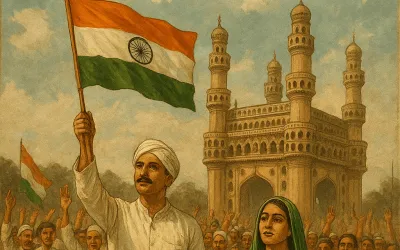
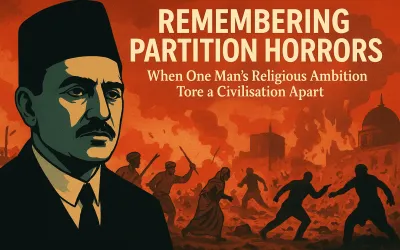
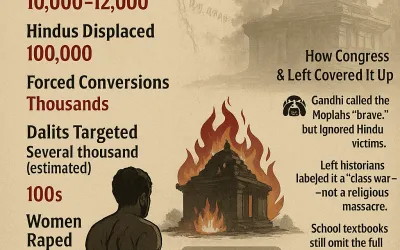
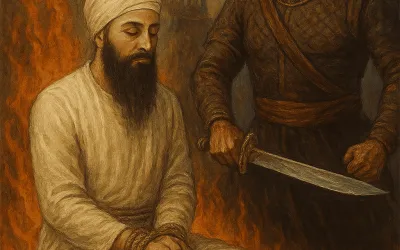

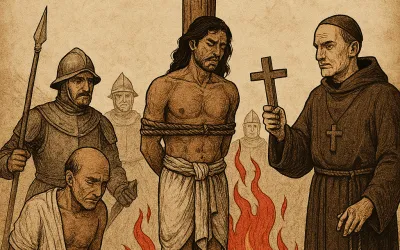
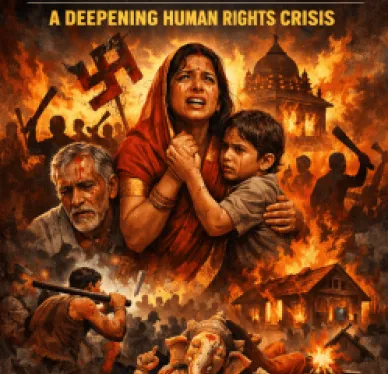

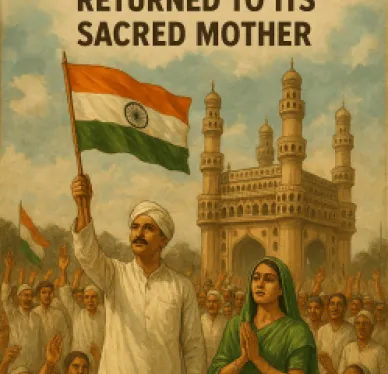
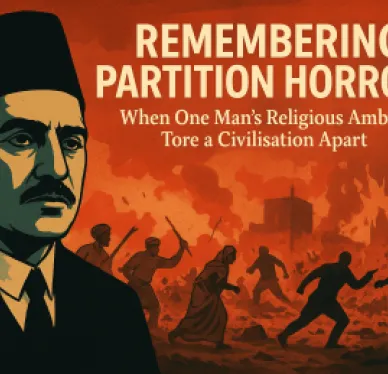
Comments
Comments
This is comment
This is comment
Add new comment